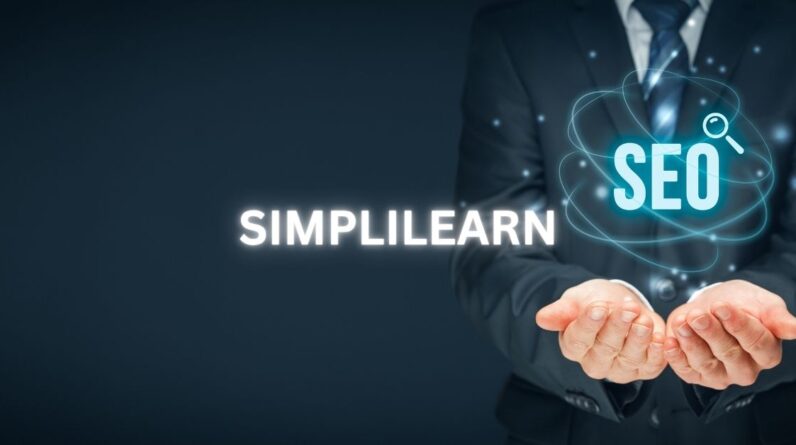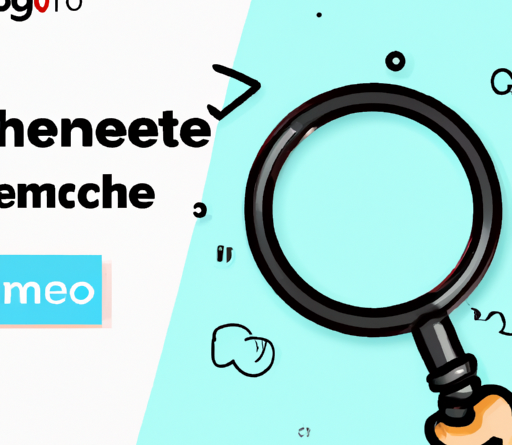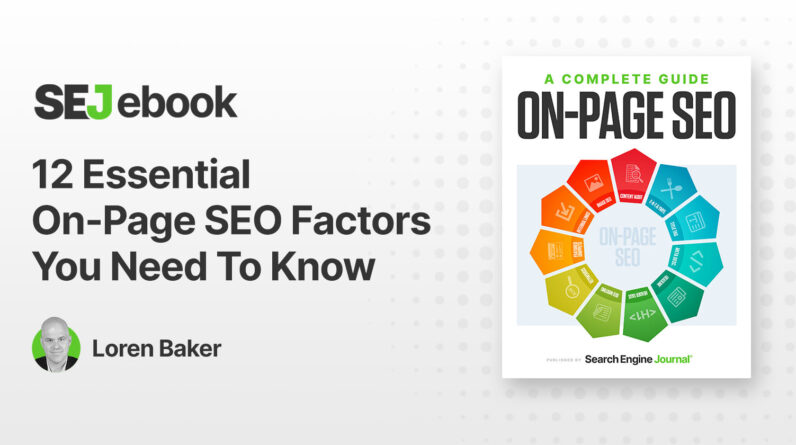
In today’s digital age, having a strong online presence is crucial for businesses of all sizes. And when it comes to boosting your website’s visibility on search engines, effective on-page SEO is key. From optimizing your page titles to utilizing proper meta tags, there are numerous strategies that can help improve your website’s search engine ranking. In this article, we will explore 10 practical and actionable tips to enhance your on-page SEO efforts and drive more organic traffic to your website. So, if you’re ready to take your online presence to the next level, let’s dive right in!
Keyword Research
Understand your audience
When it comes to optimizing your website for search engines, one of the most important steps is to understand your audience. Who are they? What are they looking for? By understanding your audience, you can tailor your content to meet their needs and preferences. This knowledge will help you identify the keywords that your audience is likely to use when searching for the products or services you offer.
Identify relevant keywords
Once you have a good understanding of your audience, the next step is to identify relevant keywords. These are the words and phrases that people are likely to use when searching for information related to your business. There are various tools available that can help you with keyword research, such as Google Keyword Planner and SEMrush. Use these tools to find keywords that have a high search volume and low competition.
Use long-tail keywords
While it’s important to identify popular keywords, it’s also a good idea to include long-tail keywords in your optimization strategy. Long-tail keywords are more specific phrases that typically have a lower search volume but also lower competition. By targeting long-tail keywords, you can attract highly targeted traffic to your website and increase the chances of conversion.
Title Tag Optimization
Include target keyword
When optimizing your title tags, make sure to include your target keyword. This will help search engines understand the relevance of your content to a particular search query. Including the keyword in the title tag will also make it more likely that your page will appear in the search results when someone searches for that keyword.
Keep it concise
While it’s important to include your target keyword, it’s also important to keep the title tag concise. Most search engines display only a certain number of characters in the search results, so you want to make sure that your title tag fits within those limits. Aim for a title tag that is between 50-60 characters long to ensure that it is fully displayed in the search results.
Create unique titles for each page
Each page on your website should have a unique title tag. This helps search engines understand the individual content and purpose of each page. It also allows you to target different keywords and topics on each page, increasing the overall visibility of your website. Make sure to create unique and descriptive title tags that accurately reflect the content of each page.

Meta Description Optimization
Write compelling descriptions
The meta description is a short snippet of text that appears below the title tag in the search results. It provides a brief summary of what your page is about. To optimize your meta descriptions, make sure to write compelling and engaging descriptions that encourage users to click through to your website. Use action words and highlight the benefits or unique selling points of your content.
Include target keyword
Similar to the title tag, it’s important to include your target keyword in the meta description. This helps search engines understand the relevance of your content to a particular search query. When the keyword is included in the meta description, it is often bolded in the search results, catching the attention of potential visitors.
Keep it within character limits
Search engines typically display only a limited number of characters for the meta description. To ensure that your description is fully displayed, aim for a length of around 150-160 characters. This will help you effectively communicate the main points of your content while ensuring that the entire description is visible in the search results.
URL Structure
Include target keyword
When structuring the URLs for your website, be sure to include your target keyword. This helps search engines understand the relevance of your content and can improve your website’s visibility in search results. Including the keyword in the URL also makes it easier for users to understand what the page is about, increasing the likelihood of click-throughs.
Use hyphens to separate words
When creating your URLs, it’s important to use hyphens to separate words. This makes the URL more readable for both search engines and users. Using hyphens instead of underscores or spaces helps search engines correctly parse the words in your URL and improves the overall SEO of your website.
Keep it concise and descriptive
Keeping your URLs concise and descriptive is important for both search engines and users. A concise URL helps search engines and users understand what the page is about at a glance. Aim for URLs that are around 3-5 words long and avoid adding unnecessary information or parameters. Descriptive URLs can also improve your click-through rates by giving users a clear idea of what to expect when they visit your page.
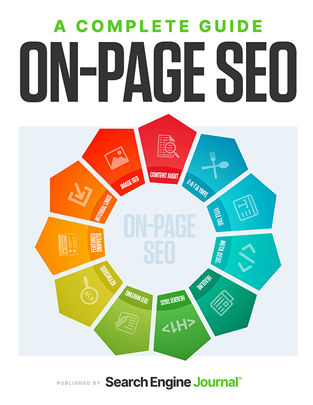
Heading Tags
Use H1 tag for main heading
Heading tags are used to structure the content on your webpages and provide hierarchical organization. The most important heading tag is the H1 tag, which should be used for the main heading of your page. This heading should summarize the main theme or purpose of your content. Including your target keyword in the H1 tag can help search engines understand the focus of your page.
Organize content with H2 and H3 tags
After using the H1 tag for your main heading, you can use H2 and H3 tags to further organize your content. These heading tags help break up your content into more manageable sections. They also provide additional context to search engines, helping them understand the structure and hierarchy of your content.
Incorporate target keywords in headings
As with other elements of on-page optimization, it’s important to incorporate your target keywords in your headings. This helps search engines understand the relevance of your content to specific search queries. However, it’s important to use keywords naturally and avoid keyword stuffing. Provide valuable and informative headings that accurately summarize the content beneath.
Keyword Placement
Include keywords in the first paragraph
When creating content for your website, make sure to include your target keywords in the first paragraph. This helps search engines understand the main topic of your page and can improve your visibility in search results. Including the keyword early also helps users quickly determine if your content is relevant to their search query.
Sprinkle them naturally throughout the content
While it’s important to include your target keywords, it’s equally important to use them naturally and in a way that makes sense to the reader. Sprinkle your keywords throughout the content, but do so in a way that does not disrupt the flow or readability of your text. Focus on providing valuable information and answering the user’s query, rather than solely on keyword placement.
Use keywords in image alt tags
Images are an important component of web content, and optimizing them can improve your website’s visibility in search results. One way to optimize images is by including target keywords in the alt tags. Alt tags provide alternative text for users and can also be read by search engines. By including relevant keywords in alt tags, you give search engines more information about the content of your images.
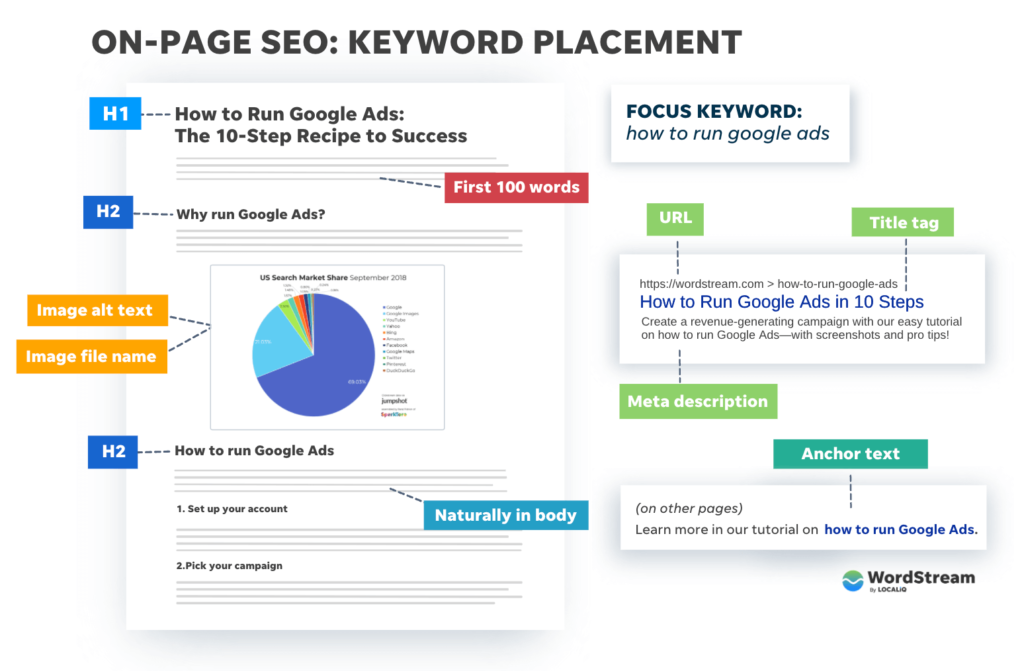
Content Optimization
Produce high-quality and relevant content
One of the key factors in on-page SEO is producing high-quality and relevant content. Search engines strive to provide the best possible results to users, so it’s important to create content that meets their expectations. Focus on providing valuable information, addressing common questions or concerns, and offering unique insights. By producing high-quality and relevant content, you increase the chances of ranking well in search results.
Avoid keyword stuffing
While it’s important to include target keywords, it’s crucial to avoid keyword stuffing. Keyword stuffing refers to the practice of unnaturally and excessively including keywords in your content in an attempt to manipulate search engine rankings. This can be detrimental to your SEO efforts and may result in penalties from search engines. Focus on creating content that is informative and valuable to the reader, rather than solely on keyword density.
Use LSI keywords
LSI (Latent Semantic Indexing) keywords are terms that are closely related to your target keywords. By incorporating LSI keywords into your content, you can provide additional context for search engines. These related terms help search engines understand the broader topic of your content and can improve your website’s visibility in search results. Use tools like LSIGraph or Google’s related searches feature to identify relevant LSI keywords for your content.
Image Optimization
Use descriptive filenames
When saving your images for web use, it’s important to use descriptive filenames. This helps search engines understand the content of the image and can improve your website’s visibility in image search results. Avoid generic filenames like “IMG001.jpg” and instead use descriptive terms that accurately summarize what the image is about.
Optimize alt tags
Alt tags, also known as alt attributes or alt text, provide alternative text for images. They are important for accessibility purposes and can also be read by search engines. When optimizing your alt tags, make sure to include relevant keywords that accurately describe the content of the image. Be concise and descriptive, providing enough information for users and search engines to understand the image.
Compress images for faster loading
Another important aspect of image optimization is compressing your images. Large image files can slow down your website’s loading speed, which can negatively impact user experience and SEO. Compressing your images reduces their file size without significantly sacrificing image quality. Use tools like TinyPNG or ImageOptim to optimize your images for web use and improve your website’s overall performance.

Schema Markup
Implement structured data markup
Schema markup is a form of structured data that provides additional information about your content to search engines. It helps search engines understand the context and elements of your content more accurately. By implementing schema markup, you can enhance the visibility of your website in search results and increase the chances of appearing in rich snippets or special features like event listings or product ratings.
Enhance visibility in search results
When search engines understand the content and context of your website better, they can display more relevant information in search results. This can make your website more eye-catching and enticing for users, potentially increasing click-through rates. Schema markup can help enhance the visibility of your website and make it stand out from the competition.
Improve click-through rates
When your website appears in search results with additional information, such as star ratings or event dates, it can attract more attention from users. This increased visibility can result in higher click-through rates, as users are more likely to click on search results that provide additional context. By implementing schema markup, you can improve your click-through rates and drive more organic traffic to your website.
Internal Linking
Create a logical site structure
Internal linking refers to linking from one page of your website to another page within the same domain. When creating internal links, it’s important to create a logical site structure. This means organizing your content in a way that allows users and search engines to navigate through your website easily. Use descriptive anchor text and link to relevant internal pages that provide additional context or valuable information.
Link to relevant internal pages
Internal linking is a great way to guide users through your website and provide them with more information on specific topics. When creating internal links, make sure to link to relevant internal pages that are related to the content of the current page. This not only helps users find more information but also helps search engines understand the relationships between different pages on your website.
Use keyword-rich anchor text
Anchor text refers to the clickable text that is used for a hyperlink. When creating internal links, it’s important to use keyword-rich anchor text that accurately describes the content of the linked page. This helps search engines understand the relevance of the linked page to the anchor text and can improve your website’s visibility in search results. Avoid generic anchor text like “click here” and instead use descriptive and keyword-rich anchor text.
In conclusion, effective on-page SEO is crucial for improving your website’s visibility in search engines and attracting organic traffic. By understanding your audience, conducting thorough keyword research, optimizing title tags and meta descriptions, structuring your URLs properly, using appropriate heading tags, strategically placing keywords, optimizing your content and images, implementing schema markup, and utilizing internal linking, you can greatly enhance your website’s SEO performance. Remember to create high-quality and relevant content that provides value to your audience. With these tips in mind, you’ll be well on your way to optimizing your website for success in search engine rankings.



